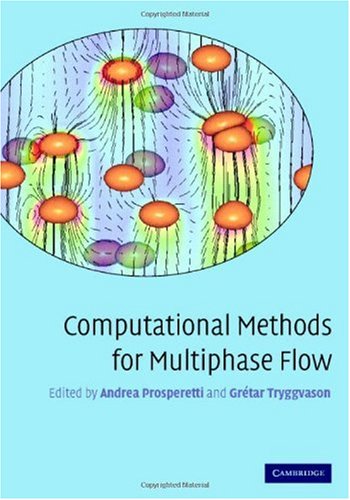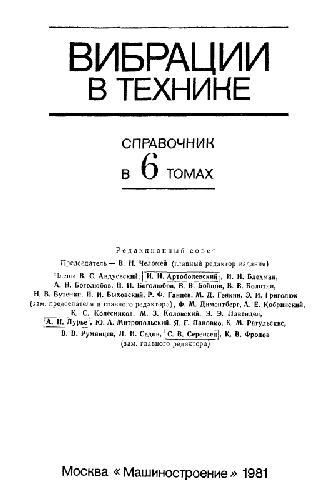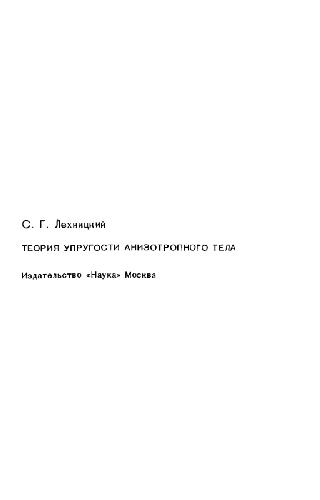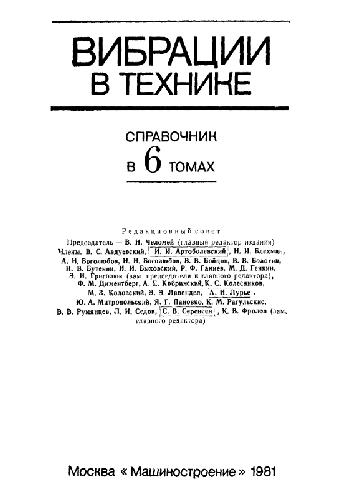Andrea Prosperetti, Grétar Tryggvason0521847648, 9780521847643, 9780511296116
Table of contents :
Cover……Page 1
Half-title……Page 3
Title……Page 5
Copyright……Page 6
Contents……Page 7
Preface……Page 9
Acknowledgments……Page 12
1 Introduction: A computational approach to multiphase flow……Page 15
1.1 Some typical multiphase flows……Page 17
1.2 A guided tour……Page 21
1.3 Governing equations and boundary conditions……Page 23
1.4 Some dimensionless groups……Page 28
2 Direct numerical simulations of finite Reynolds number flows……Page 33
2.1 Overview……Page 34
2.2 Integrating the Navier–Stokes equations in time……Page 37
2.3 Spatial discretization……Page 40
2.4 Boundary conditions……Page 47
3 Immersed boundary methods for fluid interfaces……Page 51
3.1 The “one-fluid” approach……Page 52
3.2 Advecting a marker function……Page 57
3.3 The volume-of-fluid (VOF) method……Page 62
3.4 Front tracking using marker points……Page 64
3.5 The level-set method……Page 71
3.6 Other methods to advect the marker function……Page 77
3.7.1 Validation problems……Page 79
3.7.2 Applications to physical problems……Page 83
3.8 Conclusion……Page 91
4 Structured grid methods for solid particles……Page 92
4.1.1 Fluid–solid interface treatment……Page 94
4.1.2 Other issues……Page 96
4.2 Immersed boundary technique……Page 98
4.2.1 Feedback forcing……Page 99
4.2.2 Direct forcing……Page 100
4.2.3 Discrete-time mass and momentum forcing……Page 102
4.2.4 Using the exact near-body velocity……Page 106
4.3.1 Finite-volume technique……Page 107
4.3.2 Spectral methods……Page 109
4.3.2.1 Governing equations……Page 110
4.3.2.2 Temporal discretization……Page 112
4.3.2.3 Computational domain……Page 113
4.3.2.4 Boundary conditions……Page 114
4.3.2.5 Spectral discretization……Page 116
4.3.2.6 Sample results……Page 121
5 Finite element methods for particulate flows……Page 127
5.1 Governing equations……Page 128
5.2 Fully explicit scheme and its stability……Page 130
5.3 Combined fluid–solid formulation……Page 131
5.4 Arbitrary Lagrangian–Eulerian (ALE) mesh movement……Page 133
5.5 Temporal discretization – finite difference scheme……Page 136
5.6 Spatial discretization – Galerkin finite element scheme……Page 138
5.7 Mesh generation……Page 141
5.8 Projection scheme……Page 144
5.9 Explicit–implicit solution procedure……Page 148
5.10 Space-time finite element method……Page 149
5.11 Distributed Lagrange multiplier/fictitious domain (DLM/FD) particle mover……Page 153
5.12 Particle collision……Page 158
5.13 Sample applications……Page 162
6.1 Brief history of the lattice Boltzmann method……Page 171
6.2 Lattice Boltzmann equations……Page 172
6.3 Lattice Boltzmann models for multiphase flow……Page 174
6.3.1.1 Color-fluid model……Page 175
6.3.1.2 Models based on interparticle potentials……Page 176
6.3.1.3 Models based on free energy……Page 178
6.3.1.4 Mean-field model……Page 180
6.3.1.5 Phase function model……Page 185
6.3.2.1 Multiphase flow in porous media……Page 186
6.3.2.2 Rayleigh–Taylor instability……Page 187
6.4 Fluid–wall interactions in the lattice Boltzmann simulations……Page 194
6.4.1 The generalized lattice Boltzmann method with multiple relaxation times……Page 196
6.4.2 The bounce-back boundary condition……Page 197
6.4.3 Treatment of moving boundaries……Page 201
6.5.1 Flow in porous media……Page 202
6.5.2 An impulsively started cylinder moving in a 2D channel……Page 204
6.6 Conclusion and discussion……Page 206
7.1 Introduction……Page 207
7.2.1 Stokes flow limit……Page 209
7.2.2 Stokes-flow problems in multiphase systems……Page 210
7.2.3 Lorentz integral identities……Page 214
7.2.4 Green’s functions……Page 215
7.3.1 Singularity subtraction……Page 218
7.3.2 First-kind boundary integral formulation……Page 219
7.3.3 Second-kind boundary integral formulation……Page 220
7.3.4 A better form of the boundary integral equation……Page 222
7.3.5 Rigid-particle limit……Page 226
7.4 Multiparticle systems……Page 228
7.4.1 System of viscous drops……Page 229
7.4.3 System of rigid particles……Page 231
7.4.4 Periodic boundary conditions……Page 232
7.5.1 Surface discretization……Page 235
7.5.2 Surface approximation methods……Page 238
7.5.3 Evaluation of the single-layer and double-layer integrals……Page 239
7.5.4 Iterative solution methods……Page 243
7.5.5 Surface evolution……Page 244
7.5.6 Acceleration methods……Page 246
Appendix……Page 248
8.1 Introduction……Page 251
8.2 Volume averaging……Page 253
8.2.1 Conservation of mass……Page 256
8.2.2 Conservation of momentum……Page 258
8.2.3 Conservation of energy……Page 261
8.2.4 Simplified models……Page 263
8.3 Disperse flow……Page 265
8.4.1 A simple example……Page 276
8.4.2 Quasilinear systems……Page 281
8.5 Boundary conditions……Page 289
9 Point-particle methods for disperse flows……Page 296
9.1 Point-force approximation……Page 297
9.2 Particle equation of motion……Page 299
9.3.1 Interpolation……Page 302
9.3.2 Integration……Page 308
9.4 Numerical treatment of the fluid phase……Page 310
9.4.1 A second-order fractional-step methodfor incompressible flows……Page 311
9.4.2 Boundary conditions……Page 313
9.4.3 A Fourier series method for isotropic turbulence……Page 314
9.5.1 The undisturbed fluid velocity in point-particle treatments……Page 319
9.5.2 Implementation of the coupling force……Page 321
9.6.1 Particle-laden homogeneous and isotropic turbulence……Page 323
9.6.2 Particle-laden slab flow……Page 328
10 Segregated methods for two-fluid models……Page 334
10.1 A general one-dimensional model……Page 335
10.2 Discretization……Page 337
10.2.1 Convection–diffusion equation……Page 338
10.2.2 Calculation of cell-surface quantities……Page 341
10.2.3 Equations of the two-fluid model……Page 345
10.3 Calculation of the pressure……Page 350
10.3.1 A simple incompressible model……Page 351
10.3.2 Mass-conservation algorithms……Page 354
10.3.3 The IPSA volume-conservation algorithm……Page 357
10.3.4 Co-located variable arrangement……Page 362
10.4 Example: fluidized beds……Page 365
10.5 An Eulerian–Lagrangian scheme……Page 379
10.5.1 Single-phase flow……Page 380
10.5.2 Multiphase flow……Page 383
10.5.3 Pressure calculation……Page 385
10.5.4 Calculation of cell-surface quantities……Page 387
10.6 A partially coupled algorithm……Page 389
10.6.1 Mathematical model……Page 390
10.6.2 Discretization……Page 391
10.6.3 Boundary conditions……Page 394
10.6.4 Method of solution……Page 395
11 Coupled methods for multifiuid models……Page 400
11.1 Mathematical models……Page 401
11.2.1 A semi-implicit method……Page 405
11.2.2 The SETS method……Page 409
11.2.3 Implicit methods……Page 411
11.2.4 Numerical diffusion and other difficulties……Page 412
11.3 Introduction to high-resolution schemes……Page 414
11.3.1 Scalar conservation laws……Page 415
11.3.1.1 Discretization……Page 417
11.3.1.2 Godunov’s method……Page 420
11.3.2 Systems of equations……Page 422
11.3.2.1 Roe’s approximate Riemann solver……Page 426
11.3.2.2 Sources……Page 428
11.3.2.3 Higher dimensionality……Page 430
11.3.3 High-resolution schemes……Page 431
11.3.3.1 Flux-limiter methods……Page 432
11.3.3.2 Slope-limiter methods……Page 433
11.4 Application to multiphase flow models……Page 434
11.5 Flux vector splitting……Page 443
11.6 Conclusions……Page 448
References……Page 450
Index……Page 480







Reviews
There are no reviews yet.